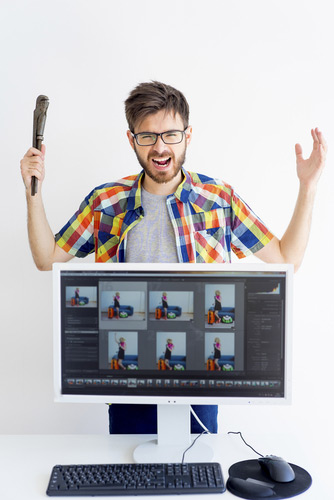 As I mentioned in the previous blog, artists who paint from life also use photographs. They are able take advantage of these technological recordings for two reasons.
As I mentioned in the previous blog, artists who paint from life also use photographs. They are able take advantage of these technological recordings for two reasons.
First, if the painter has spent sufficient time painting outside, at different times of day, in various seasons, in sunny and overcast conditions, they have developed sense memories that allow them to continue work on a painting back in the studio. The photograph of the subject becomes a useful point of reference in the context of their direct experiences.
Of course, digital photographs can also be edited fairly easily now. So if the light areas are over-exposed and the shade planes are too dark, the artist can adjust the image.
Perhaps someday editing video to correct or enhance movement qualities will also be easy to do on a personal computer. At the moment, however, it remains essential to spend time looking at live movement, to develop kinesthetic memories that work in conjunction with video observation.
Video is a great tool. But to paraphrase the philosopher Henri Bergson, it is not the videos we have taken along the course of change that are real, it is the flux, the continuity of transition, the movement itself that is real.
